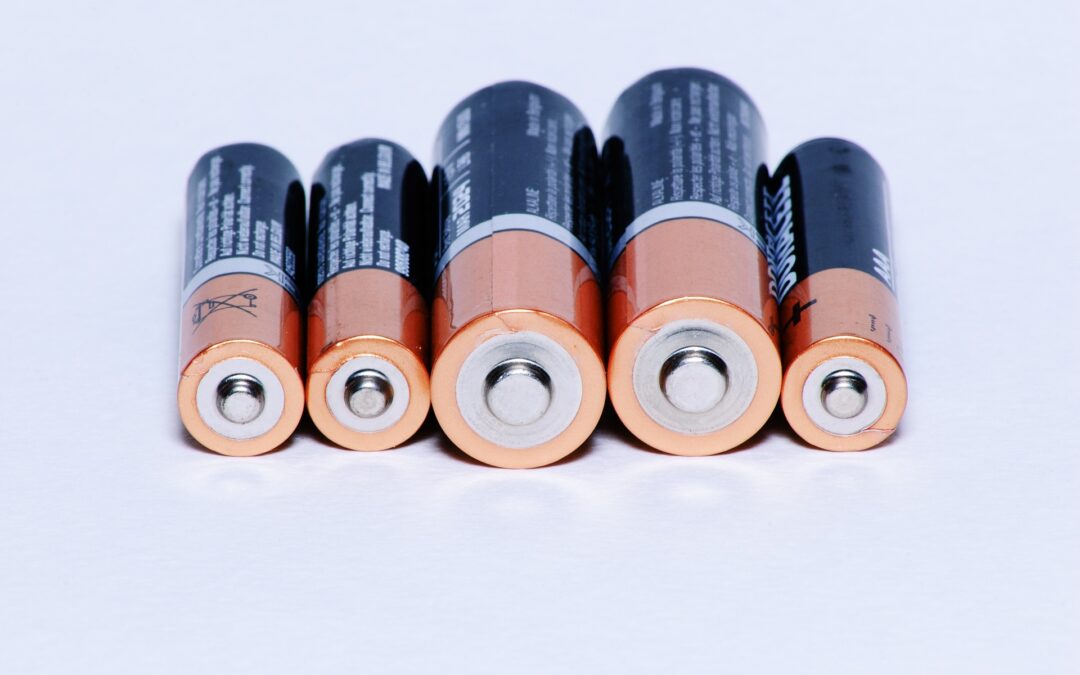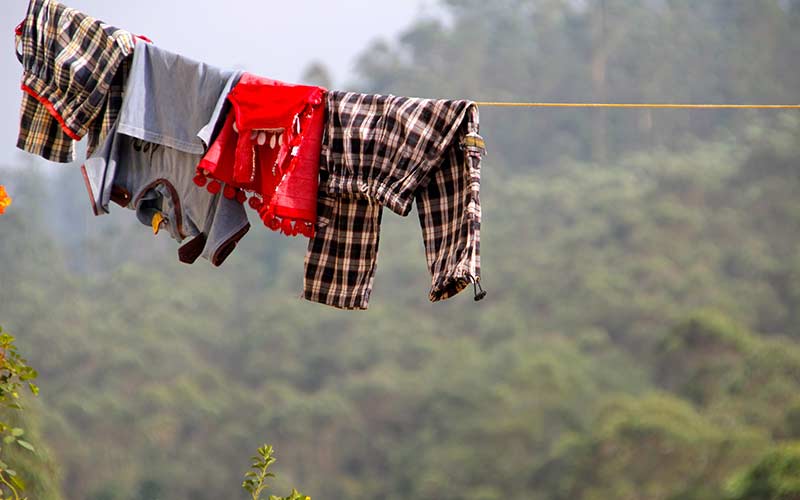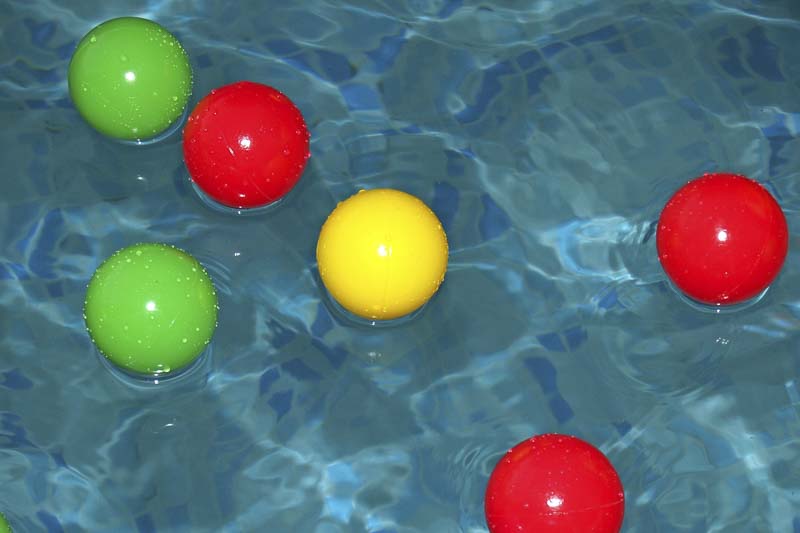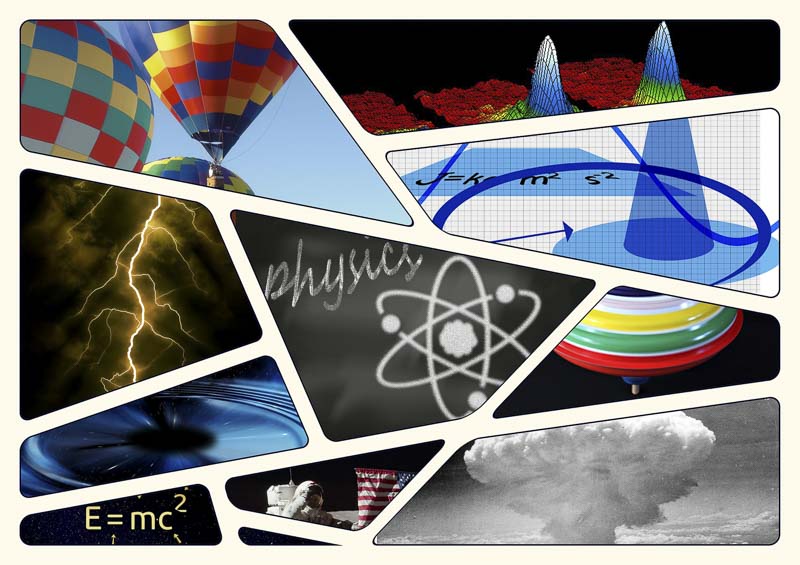Surface Tension Experiments
Surface tension is one of the most important properties of water.
It is the reason that water collects in drops, but it’s also why plant stems can “drink water,” and cells can receive water through the smallest blood vessels.
You can test multiple surface tension experiments using just a few household items.
What You Do:
1. Start with a cup of water and some paperclips. Do you think a paperclip will float in the water? Drop one in the cup to find out. Since the paperclip is denser than the water, it will sink to the bottom of the cup.
Now find out if you can use surface tension to float the paperclip. Instead of dropping the paperclip into the cup, gently lay it flat on the surface of the water.
(This is tricky — it may help to place a piece of paper towel slightly bigger than the paperclip in the water. Then lay the paperclip on top of it. In a minute or so, the paper towel will sink, leaving the paperclip floating on top of the water.)
2. Even though the paperclip is still denser than the water, the strong attraction between the water molecules on the surface forms a type of ‘skin’ that supports the clip.
3. Now put a drop of dish soap in the water. This will bind with the water molecules, interfering with the surface tension.
The paper clip will sink. You can try floating other things on top of the water also – pepper floats well until you add dish soap. Can you find any other light items that will float?
Surface tension creates the ‘skin’ on top of the water, but it is also what causes water to stick together in drops.
Observe how these drops stick together by experimenting with water and a penny. All you need is a cup of water, a penny, and a medicine dropper.
First make a prediction: how many drops of water do you think you can fit on the top surface of the penny? Add one drop. After seeing how much room it takes, do you want to rethink your first prediction?
Now continue carefully adding drops until the water spills off the penny. Try this three times, recording the number of drops each time, and then find the average number of drops that can fit.
Surface tension is the reason you can fit so much water on the penny. The water molecules attract each other, pulling together so the water doesn’t spill.
Try this experiment with different-sized coins. Predict how many drops you can fit on a quarter compared with the penny.
For one final surface tension experiment, start with a full glass of water. Predict how many pennies you can add to the water without the glass overflowing. Gently add pennies one by one. Because of surface tension, the water will rise above the rim of the glass before it spills! Compare your original prediction with the number of pennies you were able to add.
Freezing Point
Have you ever wondered why rivers and lakes freeze in the winter, but oceans do not? In this experiment we will see that it is the presence of salt in the ocean that makes it less likely to freeze.
What You Need:
- 1-gallon freezer bag
- 1-quart freezer bag
- crushed ice
- salt
- thermometer
What You Do:
1. Fill the gallon freezer bag half full with crushed ice. Add one cup of salt and seal the bag. Put on some gloves and knead the ice and salt until the ice has completely melted.
2. Use the thermometer to record the temperature of the saltwater mixture. Even though the ice has melted, the temperature should be less than 32°F (0°C).
3. Now put about an ounce of water in the quart freezer bag. Seal the quart bag and then put it in the saltwater mixture in the larger bag. Seal the larger bag also and leave it until the water inside the quart bag freezes.
How did the water freeze when surrounded only by saltwater?
The salt broke apart the bonds between the water molecules in the ice, causing it to melt, but the temperature remained below the freezing point for pure water.
Salt (and other substances dissolved in water) will always lower the freezing point.
This is why water in the ocean rarely freezes.
- Find out more about salt water by making a Solar Purifier





